


EXECUTIVE LEADERSHIP DEVELOPMENT |
|
Success in today's complex global arena is challenging and the rules are changing. For an organization to compete globally, executive leaders will have to create an organizational culture in which everyone is challenged to seek innovative and improved methods of doing business. Leading today's organization into tomorrow's competitive arena will require teamwork, collaboration and speed. |
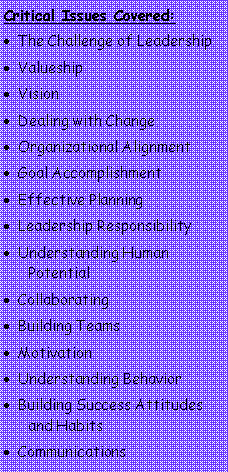
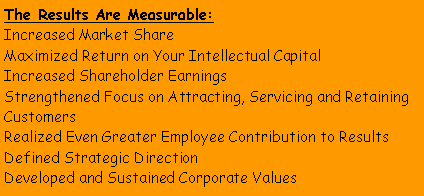
|
PEOPLE DEVELOPMENT |
LEADERSHIP DEVELOPMENT |
|
A leader combines the vision and curiosity of a dreamer with the practical engineering of a builder. A leader is goal directed, looking forward with anticipation toward the attainment of goals. Goals give meaning and purpose to life and serve as a continuous source of motivation in the pursuit of all activities. The capacity for leadership exists in everyone, but most people never take the time to develop it. Leadership is determination, courage, confidence and the ability to view a situation and respond to it. |
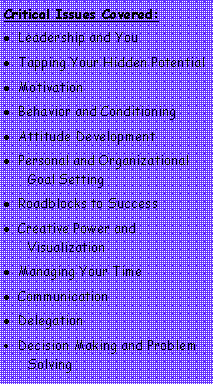
MANAGEMENT DEVELOPMENT |
|
Management over the last quarter century has taken on many new and complex dimensions, and this trend is likely to continue. Advancing technology has created new and exciting possibilities in every organization. Progress creates challenge, and the challenge facing management today is: developing an organization that can meet tomorrow's goals while continuing to meet the daily challenges of today. To balance these organizational demands, managers need a systematic approach to their jobs. They need Management Development. |
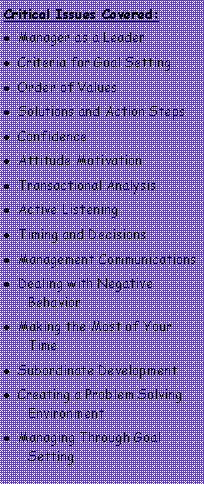
SUPERVISORY DEVELOPMENT |
|
In today's business, the supervisor is the "main link" between the company's goals and the people who must accomplish those goals. Because of the functions of supervisors and the major role they play, it is obvious that good supervisors are the key to the success of any organization. Many of the supervisor's daily decisions affect profits, attitudes and morale. With a role and a function of this magnitude, it would seem logical that the process of becoming a supervisor would require years of training. However, most supervisors have had little or no training in supervisory skills. Almost universally, today's supervisory force is made up of men and women who have been promoted from being a super worker to being a supervisor. |
SALES DEVELOPMENT |
|
Business in recent years has taken on many new and complex dimensions, and this trend is likely to continue. The field of sales has also seen some dramatic and far-reaching changes. Today's salesperson, as well as today's buyer, is better educated, more informed and has more options than ever before. These changes have created new, exciting and challenging possibilities in every organization. Sales Development is significantly different from sales training. In training, knowledge is transferred from one person to another. Development occurs only when knowledge is internalized, creating a behavioral change that leads to the expression of positive, results-oriented skills. |
CUSTOMER LOYALTY |
|
Developing loyal Customers– not just satisfying your customer needs– is the critical difference in creating sustainable organizational success. Customer Loyalty should be the outcome of every Customer interaction. Creating unique points of connection for every Customer should be the goal. Customer Loyalty is a powerful competitive advantage. The value of loyal Customers is: they always return, they brag about your organization providing word of mouth advertising, they are willing to pay more for your product or service, and when there is a mistake loyal Customers are more forgiving. Research tells us that the only way to create Customer loyalty is through an emotional connection. Unfortunately, in many organizations the Customer has become a low priority. When people are not treated according to their expectations, they will take their business elsewhere. What’s more, they relay their bad experiences to 10 or more people. The question then becomes not whether to improve your organization’s service standard, but how. Excellence in Customer service pays off dramatically to the bottom line in any industry. |
TIME STRATEGIES |
|
How can you manage your time? Well, technically, you can't. Time is time. A minute is a minute and an hour is an hour, and there's nothing you can do to change that. So "time management" as a term is actually an oxymoron. The only thing you can do is make more effective use of the time you have. By now, we're sure you already know that involves setting priorities, planning your day, blocking off time for specific activities, tending to the important — not just urgent — activities, and other similar techniques. Knowledge itself isn't the answer — we all know what we should do, but very few actually do it. We are committed to help you start taking action on your knowledge. |

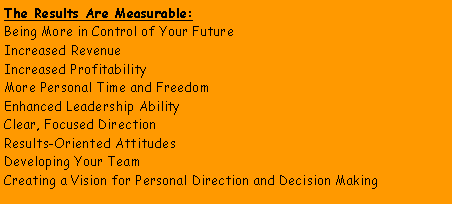
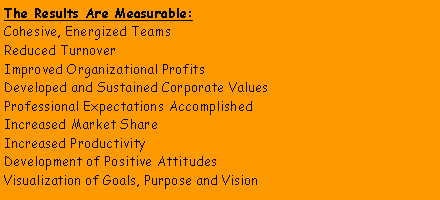
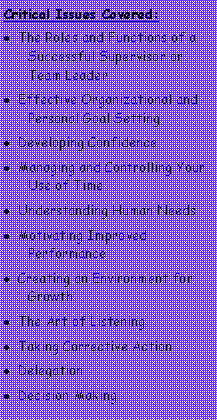
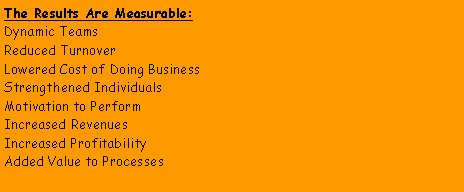
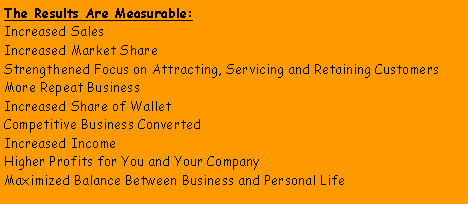
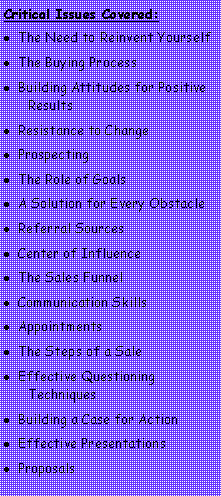
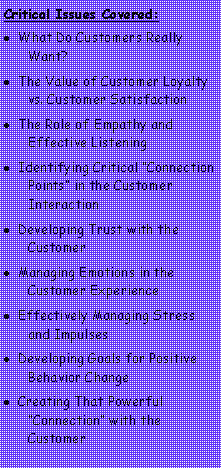
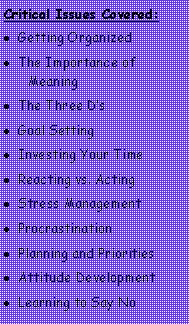
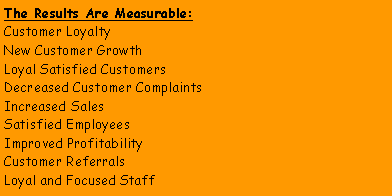

|
Prana Development Group |
